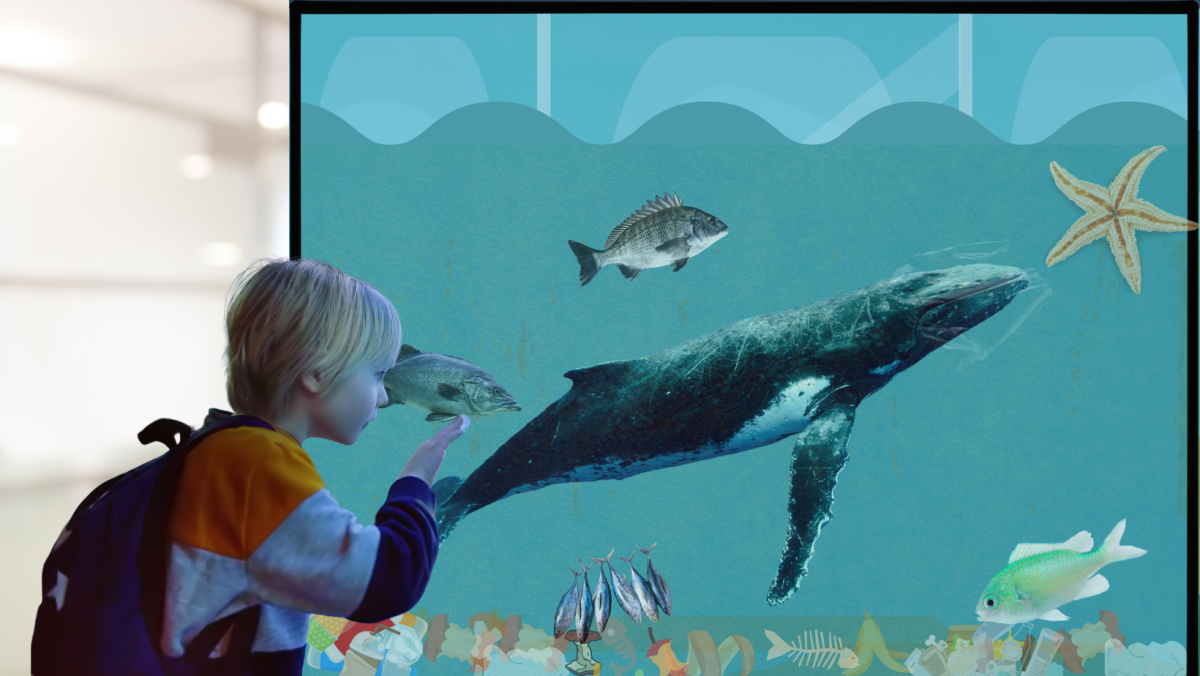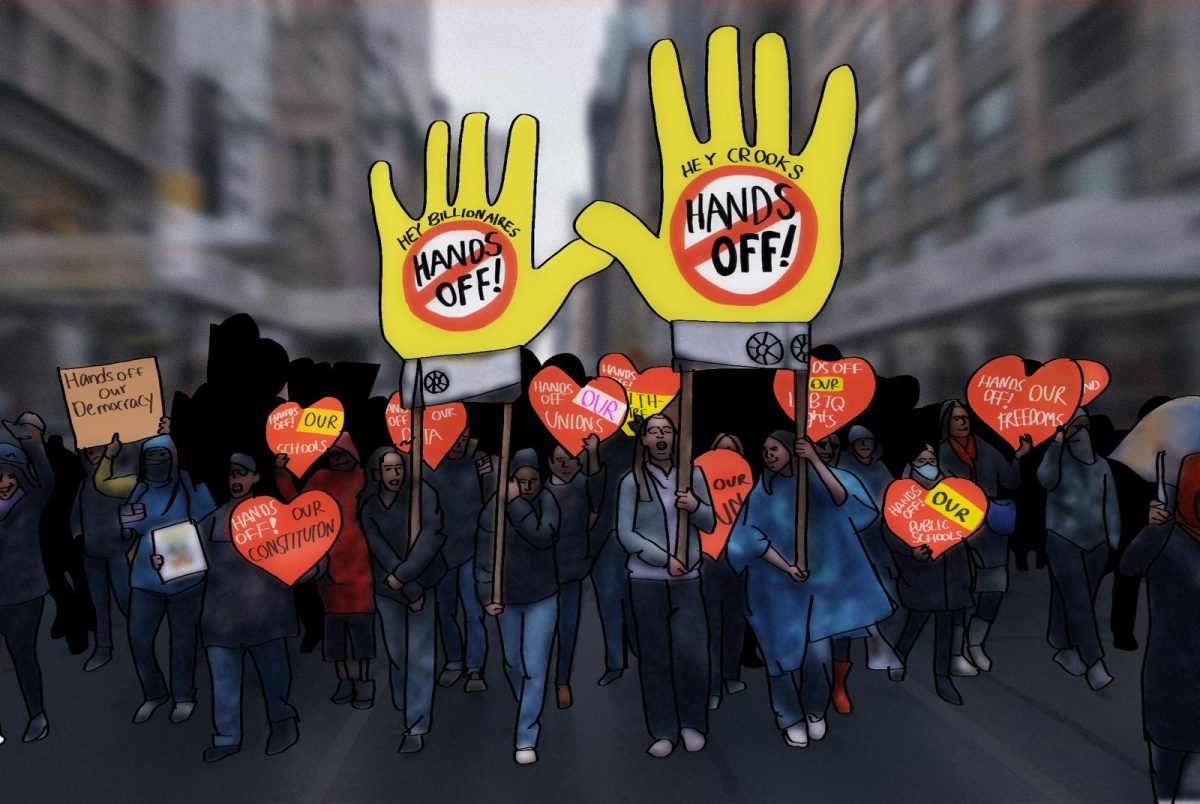In efforts to bring light to the harmful conditions the Miami Seaquarium is inflicting on the sea animals imprisoned there, Miami-Dade County has begun investigations on the torturous place many animals call home. Underqualified workers and uninhabitable living environments have led to the injury of guests and the failure to acknowledge animals in critical conditions, leaving helpless animals to die. These worrying conditions raised questions about the treatment of animal life within the attraction.
Miami-Dade County and the United States Department of Agriculture have both cited the Seaquarium for the harmful role it has played in the animals’ lives. Workers fail to recognize toxic factors in their living facilities. They create “stressful” environments to prevent being undermined by higher authority, contributing to illness and deaths among sea life. A single worker is put in a position to be responsible for the care of hundreds of animals ranging from different species. Miami-Dade and the USDA have therefore raised concerns about the Seaquarium’s practices.
“They should shut down the [Miami] Seaquarium, because it is not safe for the animals. I would say the seaquarium is not safe anymore, but it was never safe to begin with. I feel it is a prison for orcas and dolphins; it is endangering animals and it’s not safe for visitors anymore,” freshman Jade Meyer said.
The Seaquarium has undoubtedly poor conditions, containing mold, rust and growing bacteria in animal enclosures. For instance, there were reportedly high levels of bacteria, black mold, crumbling drywall and multiple rusted areas in a penguin enclosure. Many dolphin pools were also injury-prone, containing broken concrete with rough edges. With many rusting, dangerous living conditions, the Seaquarium’s enclosures have drawn widespread criticism from the county and USDA, as well as the people of Miami.
“I believe that the history of the [Miami] Seaquarium is filled with torture, abuse and neglect for animals. I feel disgusted at the fact that they are forcing starving and sick animals to perform just for food and for people’s entertainment. I am very against the animals being removed from the wild just to be held in the smallest water tank on the planet. Not just that but the animals kept in that prison are being denied proper food and medical care. That will continue until they slowly wither away and die alone 10 years later,” freshman Lea Perez said.
Miami residents have many assertive opinions, sharing them on social media platforms and under articles unveiling the truth behind the Seaquarium. As reviews consistently turn negative, the Seaquarium shows no signs of trying to change their harsh ways. When conducting the investigation, the USDA observed an orca enclosure and pointed out the causes of the animal’s body ingestion, yet stated the expected transfer of the animal to a safer, sanitary enclosure never happened. With enough pressure from Miami residents, Miami-Dade County officials could be urged to shut down this torture chamber for good.
“They should find a way to put them out in the wild and not endanger the animals. If they don’t, the animals will be trapped in their unsanitary caged home. I feel like people need to boycott and appeal so that this torture chamber [Miami Seaquarium] could be shut down immediately. If you look up all these violations and the lack of proper care, then you will see how many animals have died in that prison. If dogs and cats aren’t allowed to be treated like this, why is it ok for whales and dolphins,” freshman Antonella Olive said.
The Seaquarium also struggles with placing the ideal amount of animals in the correct facilities. In February of 2023, the USDA visited an injured dolphin with several broken ribs. Housing incompatible animals together can greatly harm animals’ health and well-being, potentially leading to death. Only after the USDA visit did the Seaquarium make efforts to relocate the dolphin into a more populated enclosure in an effort to restore its health. The USDA also notes that animals are left in the sun for countless days without a tarp, harming both their eyes and skin.
“I think that they should either be more closely monitored on how clean their facility is or they should be shut down because I believe that the animals shouldn’t suffer for what they can’t control. But overall, I think the [Miami-Dade] county should shut them down and remove all the animals before it’s too late. Just in case, they should have the animals in another facility where they can learn to fend for themselves and get used to it. If not then make a new seaquarium with upgraded, sanitary and new conditions,” sophomore Brooke Lawson said.
The terrible environment and inexperienced employees have led to a large amount of animal losses. This then raises alarming questions about the treatment of marine life at this facility. If the issues and concerns at the Miami Seaquarium continue being unchecked, the consequences will be dreadful for the animals held in captivity. In order to prevent these fatalities, the Miami Seaquarium has to be put to an end.


















